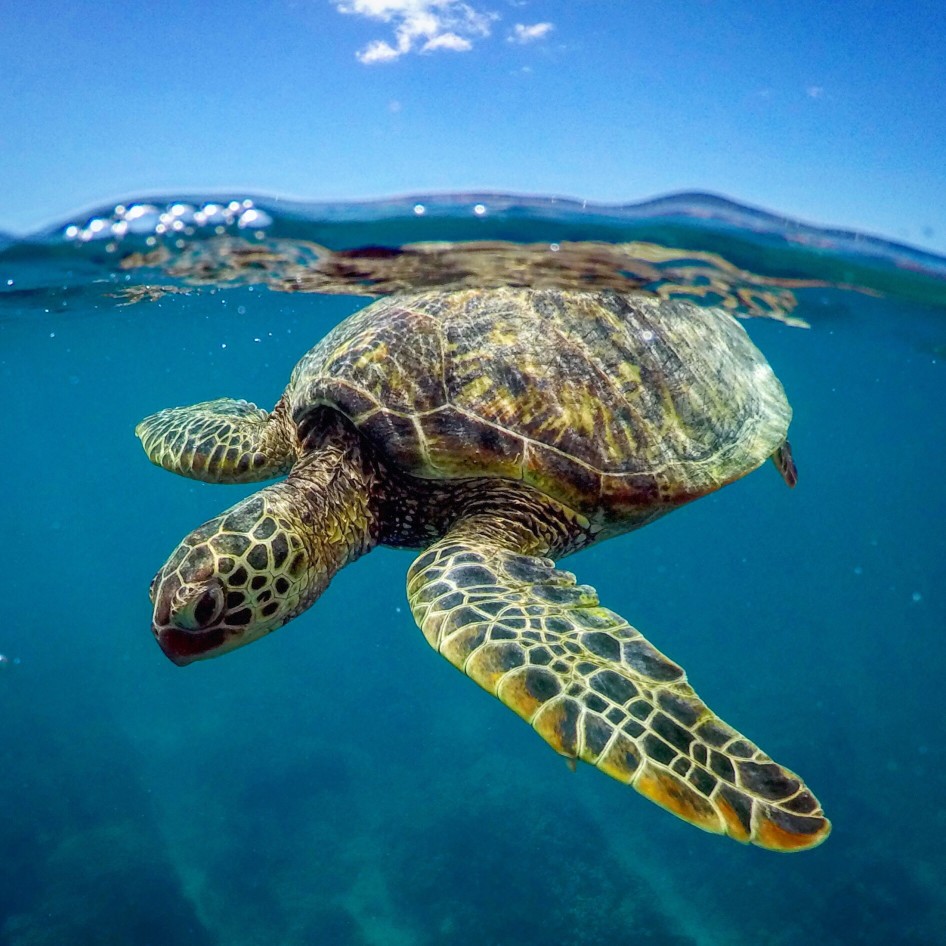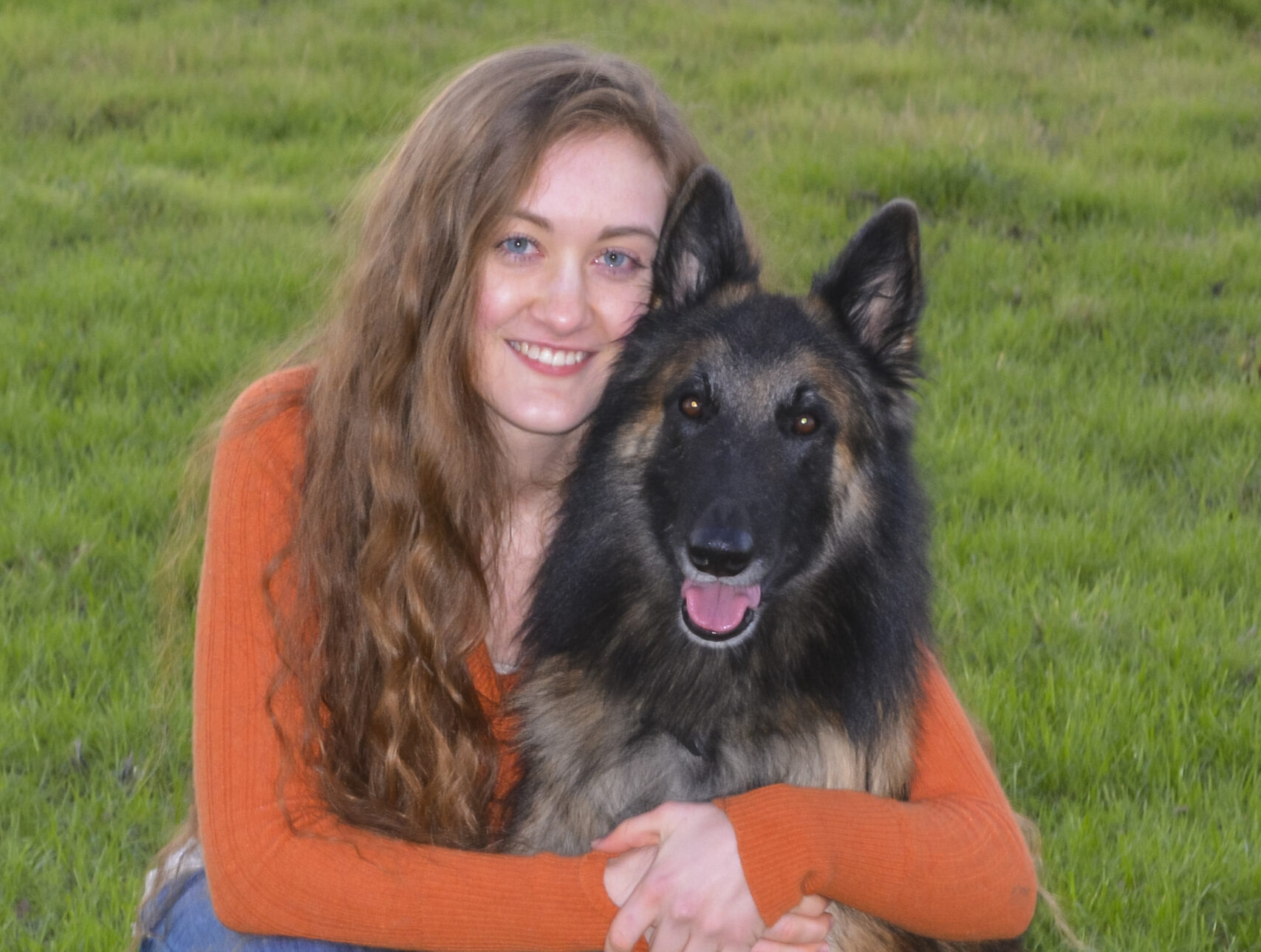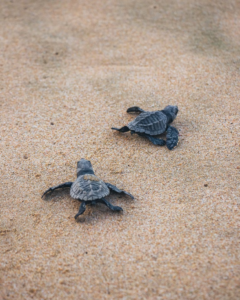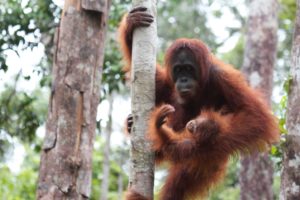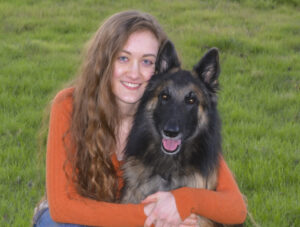
Stori Smith
Senior Staff Writer for SAFE Worldwide
As they scuttle across the sand toward the ocean, newborn sea turtles are already creating decades-deep memories. They imprint on the chemical specifics of the sand, coast, and ocean. These become a coordinate system of directional cues that, ten to fifteen years later, guide mature females back to their birthplace. Just as the tide predictably rolls on and off the shore, the females return year after year to the same beach. In this way, sea turtle nesting site is based on where the mother was born.
Why Return to the Same Beach?
Researchers think sea turtles do this to ensure they lay their eggs somewhere safe. A nesting site needs specific sand type, temperature, accessibility, and low predator presence. Sea turtles seem to trust the beach their mothers chose for them. How exactly, after ten to fifteen years and across 1000 miles, do they find the spot they were born? The answer is still unclear.
One idea is sea turtles have magnetic particles in their brains. These particles may detect and respond to planetary angles of inclination and declination. By picking up on their birthplace’s unique magnetic features, they seem to create their own compass that points back to their very first beach. This magnetic imprinting is repeated generation after generation, making sea turtle nesting site a tradition of sorts. Shifts in Earth’s magnet field occasionally cause sea turtles to miss their target. But, overall, the animals have remarkable accuracy across their entire reproductive decades.
Saving the Kemp’s Ridley Sea Turtle
Conservationists have even enlisted sea turtles’ internal compasses to help species recover. The Kemp’s Ridley sea turtle’s nest numbers in Tamaulipas, Mexico, reached unsustainable lows due to human interference. Conservationists responded by moving eggs from Mexico to Padre Island, Texas, between 1978 to 1988. They hoped this would provide a new nesting site for the critically endangered species. In 1996, a female Kemp’s Ridley, who was relocated and hatched in 1983, returned to Padre Island. Since then, Kemp’s Ridley sea turtles have continued to return to the Texas nesting site to lay their eggs. Twenty-five years after the relocation project, Kemp’s Ridley worldwide nest counts increased from 702 to 20,000.
Since then, oil spills and pollution have taken a toll on the species. But if we continue to conserve the Kemp’s Ridley—and all other sea turtles—hopefully, far beyond our own lifetimes, sea turtle hatchlings will crawl across the same stretch of shoreline we see their ancestors traveling today.
Video
Watch our video to learn more about threats to sea turtles and how to help.
Sources
Emslie, Karen. “How do sea turtles find their way home?” Discover Wildlife, https://www.discoverwildlife.com/animal-facts/reptiles/how-do-sea-turtles-find-their-way-home/
“How Baby Sea Turtles Find Their Way Home.” WETA, https://weta.org/watch/shows/its-okay-be-smart/how-baby-sea-turtles-find-their-way-home
“The Story of the Kemp’s Ridley.” National Park Service, 10 Oct. 2020, https://www.nps.gov/pais/learn/nature/kempsridleystory.htm

